Let us deep-dive together into the history, use & technological aspects of QR Codes.
First of all, let’s get to the basics. QR Code is short for Quick Response Code. It’s typically shaped with black squares arranged in a grid and is easily recognizable worldwide.

Technically, it’s some kind of two-dimensional barcode similar but a seemingly improved version of the Universal Product Code (UPC) barcode we all know from the supermarket. However, it can contain way more information and support different data formats.

The idea behind QR Codes is simple, you can scan them with any imaging device, such as a camera and it’ll be interpreted through some kind of algorithm by your device.
It was invented in 1994 by the Japanese company Denso Wave and was originally used to label car parts. The team of researchers was led by Masahiro Hara and it was heavily influenced by the black-and-white counters of the Go board game.

They figured out the pattern by applying the least-used ratio (1:1:3:1:1) and this is what allows 360-degree recognition by optical scanners. The higher volume of data storable in this kind of code with one single QR Code to scan was very practical for industrial scans.
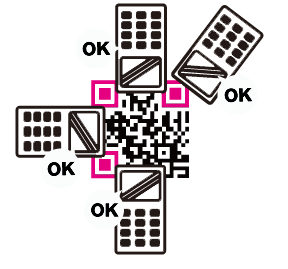
Source from QR Code
The mechanism beneath a QR Code scan is that the processor will locate the three squares at the corners of the QR Code image, thanks to those it’ll understand the size, orientation and angles. The small dots present everywhere on the code are converted to binary and validated by the processing device. It’s that simple.
Over time, this simple idea and technology was extended to many more use cases.

Photo by Arif Ubayy
Nowadays, QR Codes are everywhere. It’s used for commercial tracking applications but also for mobile phone users. The use cases are broad, and we’ll get into details further down this article; it can be from opening a webpage/application or adding a vCard contact.
You can now track QR Codes, or use them to facilitate client/user identification, payments and much more. There’s a whole new industry that was born from this technology just to track the scans.
In terms of numbers, there’s a steep evolution that was noticed throughout time

Since the COVID-19 epidemic, the use has become even wilder. You already guessed it, QR codes were a solution to access many things from afar without requiring physical touch which was quite practical since shaking hands or sneezing became taboo from one day to another all over the world.
The most known use we know of today is website access through smartphone scans. It allows users to access any URL, long or short by simply scanning its matching QR Code.
All major mobile device operating systems support QR Code. You can open up the camera app and it’ll detect and scan QR Codes. It supports URL redirection.
It’s become an asset in advertising strategy. It gives faster access to brand websites or applications, which increases the conversion rate as a consequence. Unsurprisingly, marketers really liked the idea of selling more of their products, so they started using that everywhere; the natural consequence was more adoption of course.
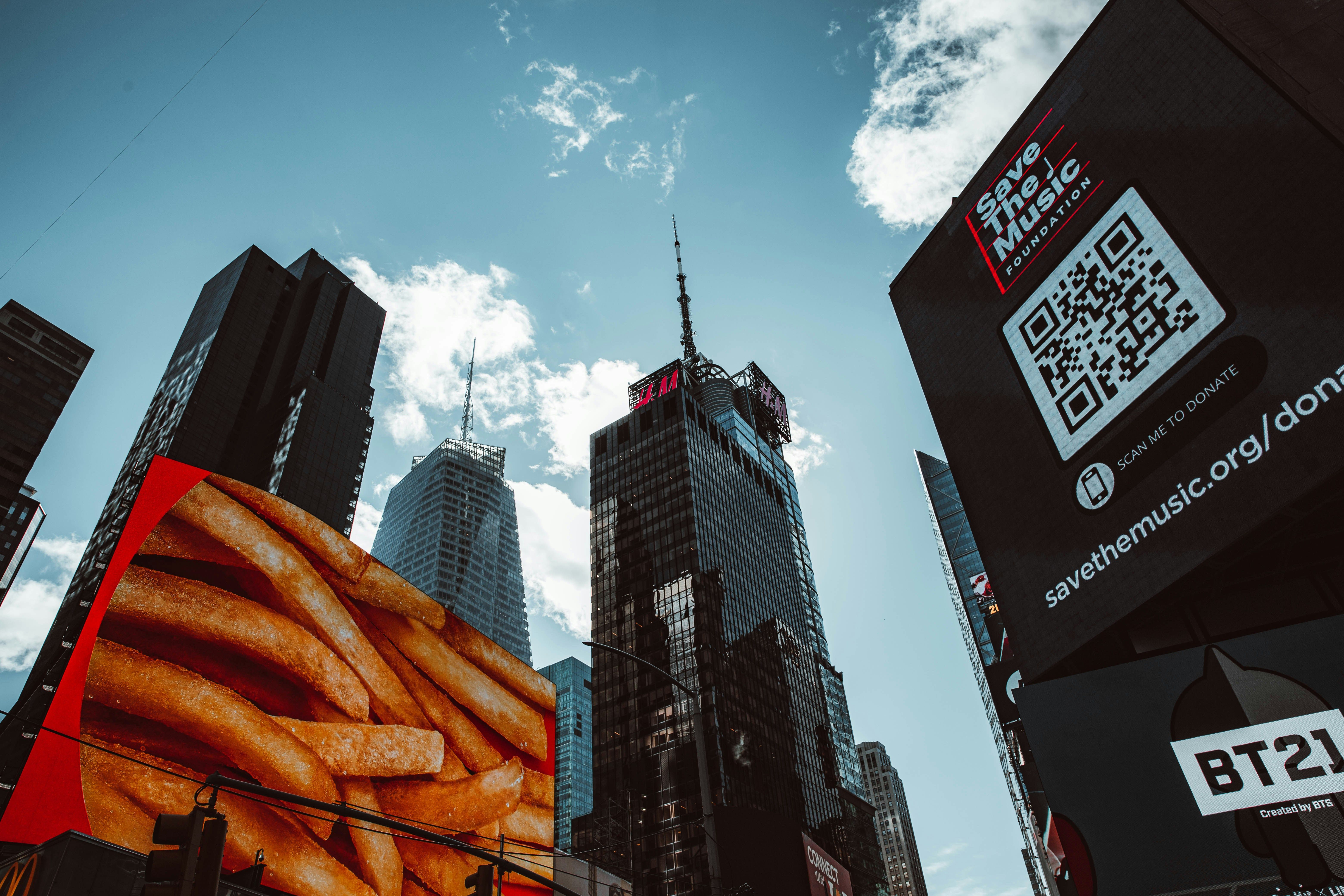
Photo by Yucel Moran
QR Codes appear in various places, such as magazines, traffic signs, buses or business cards. This practice of linking the physical world with the virtual one is called hard-linking (or object hyper-linking). Geolocation can be added to QR Code, thanks to GPS capabilities of smartphones, we can often know where a QR Code has been scanned, or it can directly be associated with the URL of the QR Code. All those factors make it a great candidate for data collection; we are quite sorry for GDPR about this.
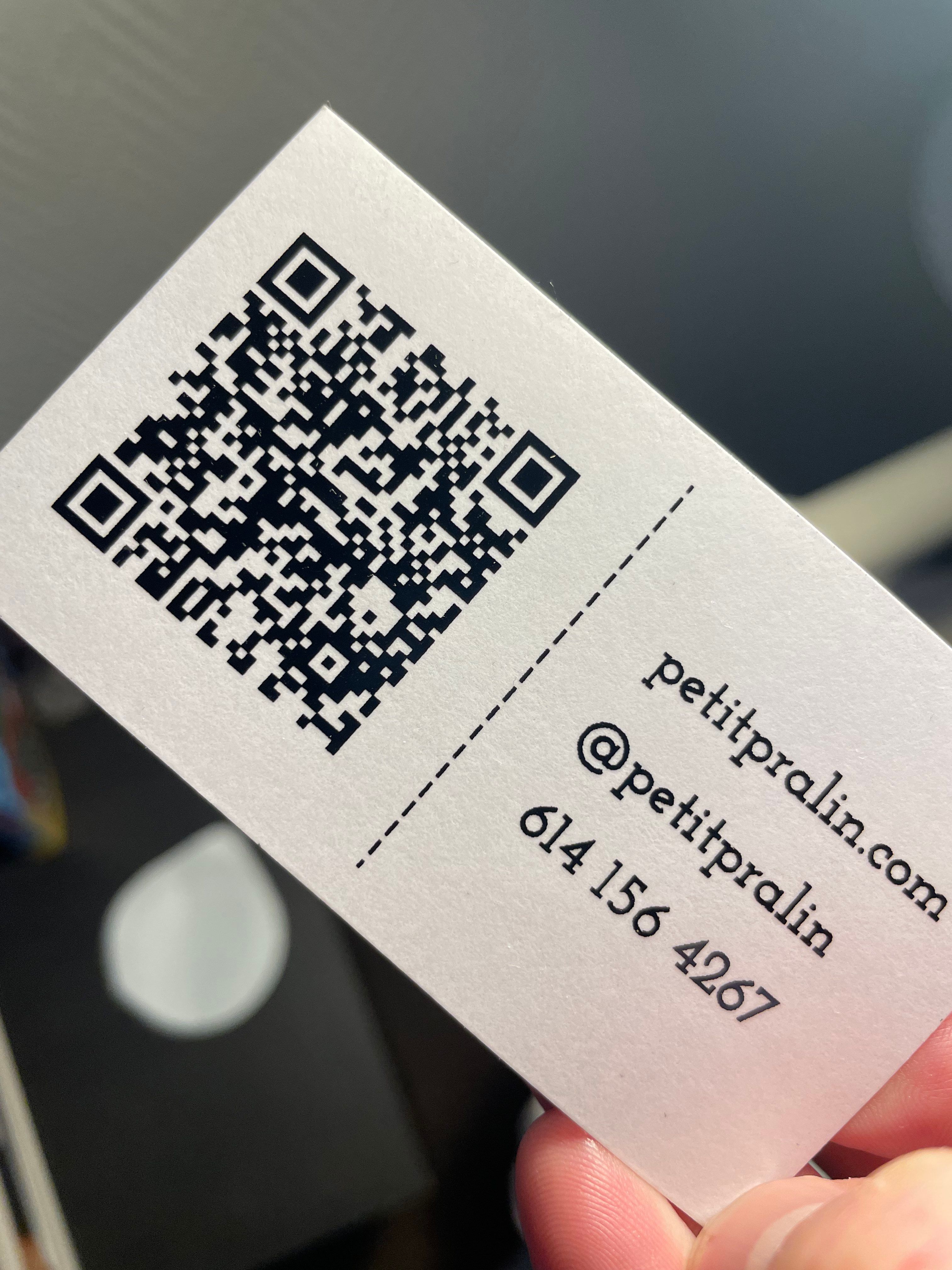
There are other use cases, some being quite original, here’s a list of some of them.
QR Codes are used for many industrial systems such as commercial paquet tracking, warehouse stock control, and internal ticketing.
It's also been used into tracking workers time and as a clock'in system.
The technology is far superior to the simple barcode; all kinds of inventory and paquet sending companies started using it more.
QR Codes are a nice solution to give more fine, faster all over the world.
China has used QR for their train tickets since 2010, and many more countries have the same kind of technologies in place such as France that generate QR Codes for their SNCF ticketing system.
It can be used to confirm the purchase of a ticket through smartphones. It’s widely used in the Nippon Professional Baseball tickets in Japan.
In Latvia, QR Codes are used to validate access to public transport.
Overall, all the major airlines use it as a way to check-in clients and allow them to board.
Government administrations also use it; Mexico generates a QR Code to scan when some foreigners pass the border, and it’s part of the border control automatization process.
Many government-issued coins with QR Codes attached, such as The Royal Dutch Mint (2011), the Central Bank of the Russian Federation (2015), the Bank of Ghana (2017); it usually access special pages explanation a historical event, or even a simple link to the bank itself.
It’s also heavily used in the cryptoworld.

Photo by GENERAL BYTES
It has even more original applications. In 2008, a Japanese stonemason, Ishinokoe in Yamanashi Prefecture decided to start engraving QR Codes on gravestones, which’s a whole niche. This allows people to read more about the deceased when looking at their gravestone.
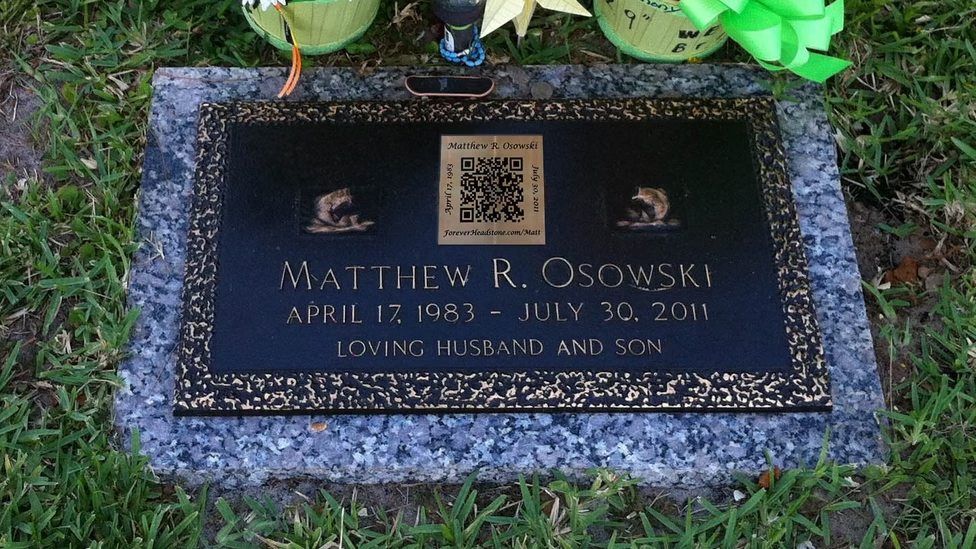
Source from Forever Headstone
More companies surfed on this trend such as Interactive Headstones (Wisconsin, USA) or even cemeteries, such as the Jewish Cemetery of La Paz (Uruguay)
QR Codes are used for augmented reality. You have services such as AR Code that were created and really surfed on this trend.
Once again, the idea is quite simple. Because QR Codes gives a binary response it can be processed and you redirect to whatever you want, including systems creating 3D objects after scan.
Some stores have QR Codes attached to their product so that you can get it delivered to your home without taking it directly there. This trend started in South Korea as well as Argentina and is expanding globally.
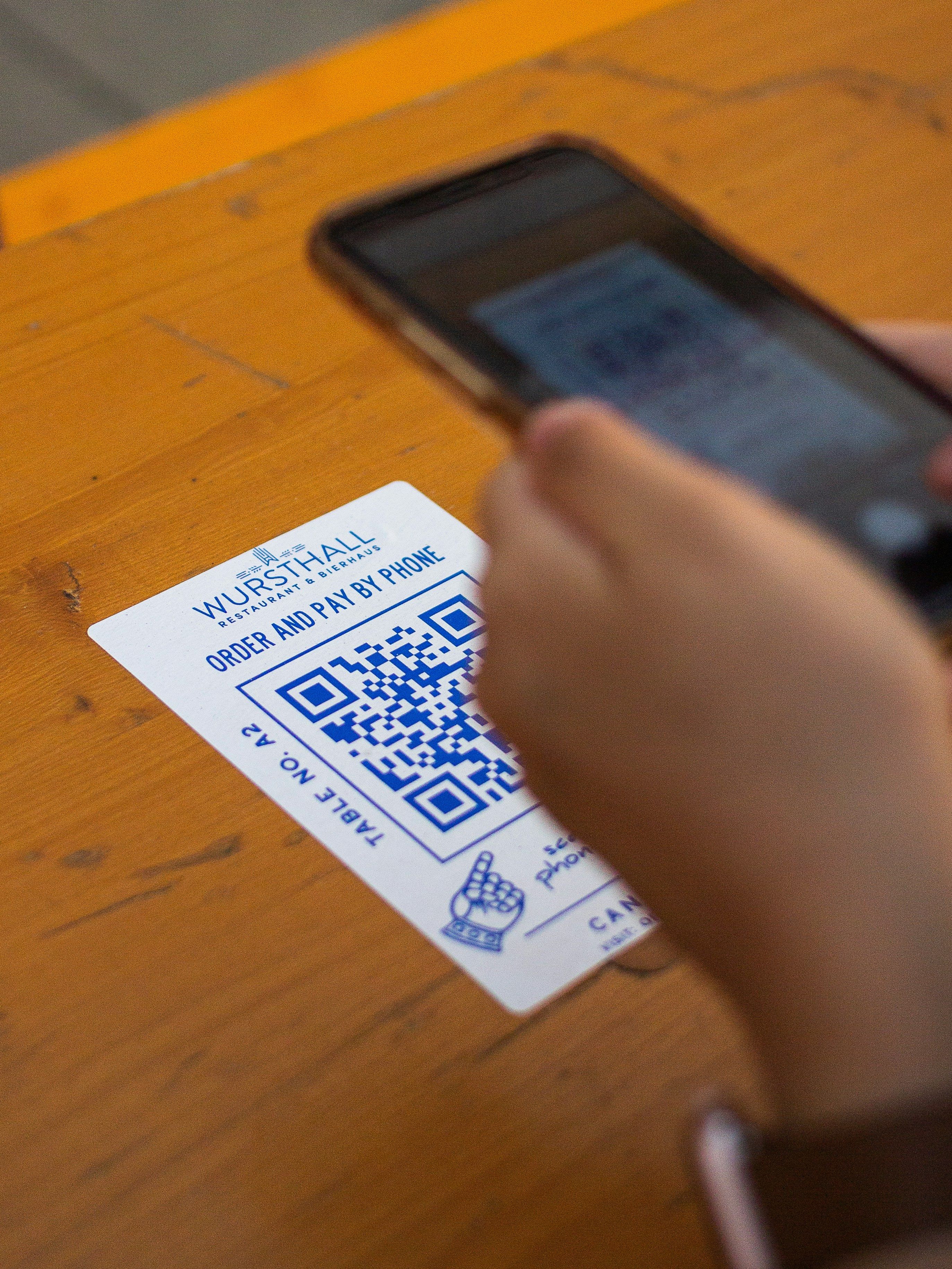
Photo by Albert Hu
The point for the stores is to understand interests in product, and ease purchase by allowing the customer to buy as many items as they like without having to transport it.
Many systems allow payment through QR Code. Alipay designed it first in 2011, and it spread rapidly in China. In 2018, 83% of all payments in China were made via mobile.
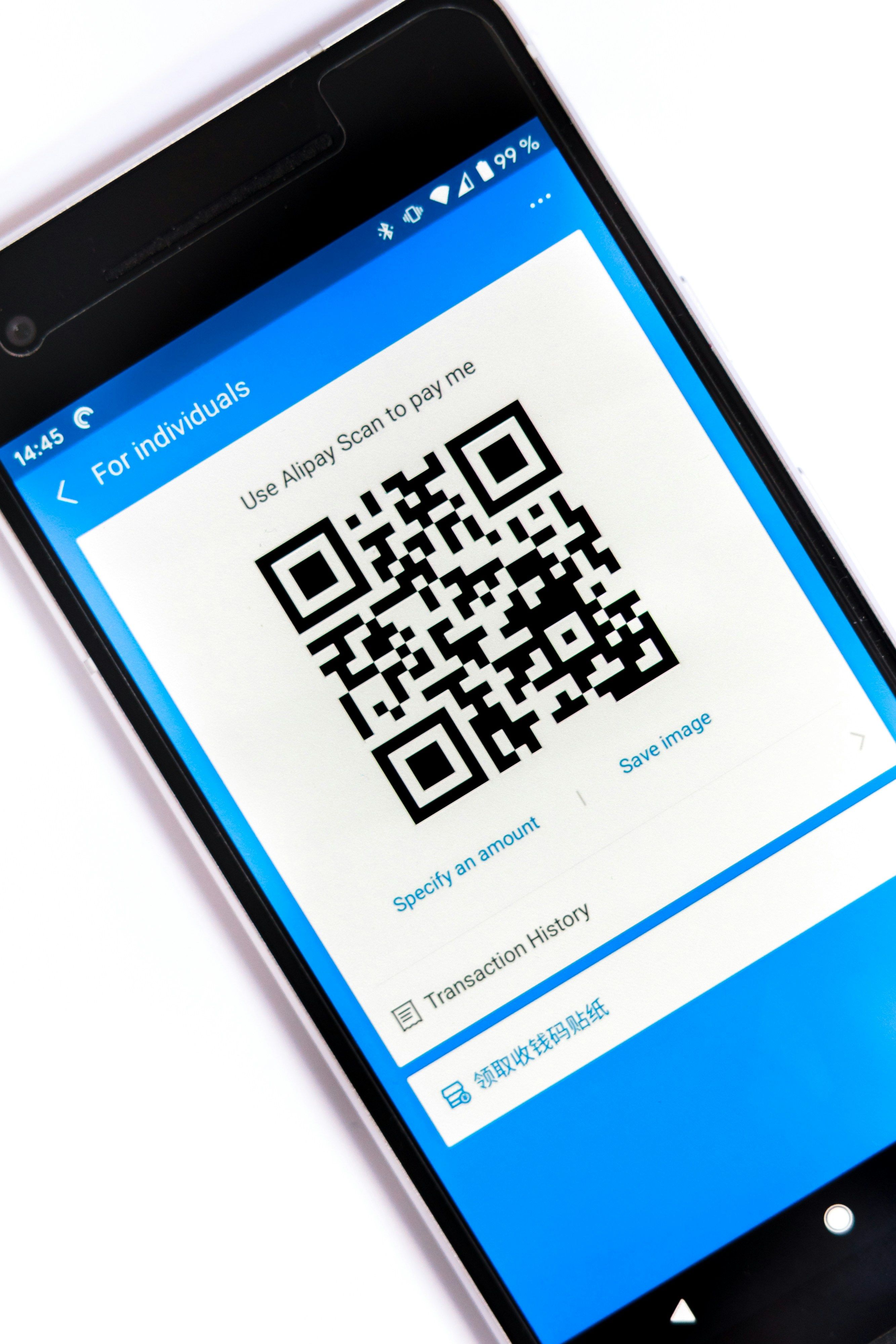
Photo by Markus Winkler
It’s also present in Czech Republic with the introduction of Short Payment Descriptor (SPD) by the Czech Banking Association. It established lots of standards to work with the Eurozone payment systems.
Singapore created something similar called the Singapore Quick Response Code (SGQR). People can scan the QR Code and select a payment option, and can purchase the goods.
QR Codes can be used to sign-in into websites and various computer systems. Google developed this solution in 2012. QR codes can also generate time-based one-time passwords(TOTP).
This application has grown a lot since COVID-19. Basically, instead of getting your hands on a physical menu, you can now scan a QR Code that will redirect you to a virtual menu you can scroll and pick from.
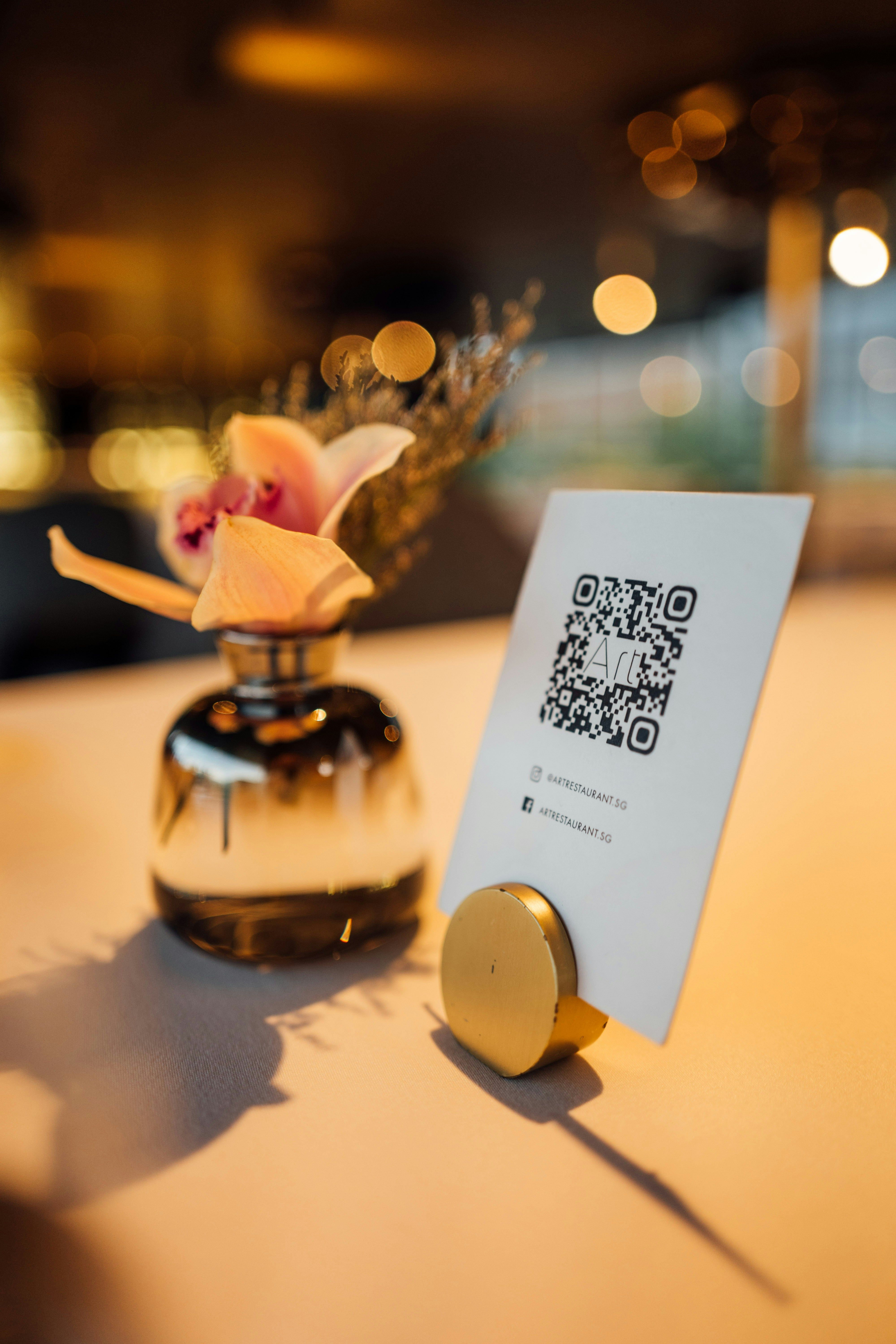
Photo by CHUTTERSNAP
Some restaurants go as far as ordering directly on the menu system, giving even more space to customers and saving money on waiting staff.
You can join wireless network without having to enter the whole code for a Wifi network. There’s a protocol to follow of course, but this makes used save a lot of time.
QR Codes are used to propose discounts in-store. The fact clients are present there and scan the QR Code will give information about themselves and can trigger a discount coupon. It’s a pretty neat marketing strategy mixing virtual and physical world.

Photo by Joseph Sharp
It’s also been used on ticket printing once a purchase has been made.
The first author to use QR Codes in a book is Richard Wiseman, with Paranormality: Why See What Isn’t There (2011). Since then it’s been very common and add QR Code on the printed version of books.
We couldn’t pass on the specific new use-cases COVID-19 created. On top of the restaurant ordering, ticketing or shop discount, touchless systems has been developed to ensure people entering building were vaccinated. It was used all over EU (Digital Covid Certificate) and Canada.
The risk of using a QR Code isn’t a direct one, but access an unknown URL through a QR Code makes it so that you access websites you don’t know, and those website can contain harmful code. It’s often seen with JavaScript that can exploit vulnerabilities in applications on systems.
Attack-tagging is also a strategy to allow access to smartphones functionalities that shouldn’t be permitted, such as read/write contact data, GPS, browser history, full internet access, camera and microphone access, and more.
Despite this momentum, 51% of organizations still rely on spreadsheets for payroll processing, while only 50% use cloud-based technology. Lifthcm This gap represents both a challenge and an enormous opportunity for business leaders ready to modernize their payroll operations with integrated timesheet solutions.
Geofencing is a technology that operates through GPS based on your current location
How do you protect your business legally when an employee fails to meet work hours?
We know we have solutions to detect QR codes if you or your employees have an older Android operating system.
We'll show you how you can build a tracker from scratch, and show you a free solution that could do it for you as an alternative.
If you want to follow the time worked of your employees, one efficient solution is to have them use QR Codes to clock in and out of your company.
Traditional timesheets or paper reports are solutions from the past that can be easily automatized nowadays. Thanks to Aquiestoy you could simplify the process and make it more accurate in just a few steps.
I noticed that maximizing productivity in a factory isn't as simple as it seems. Here are five strategies to help improve it.
New processes are hard to follow, and creating a habit doesn’t come easily. Entire books have been written about it; lots of strategies are available.
Employee location and time tracking apps designed for manual labor and factory settings come in various forms, from simple clock-in/clock-out systems to more sophisticated solutions that use RFID tags, GPS, or other technologies to monitor employees' movements.